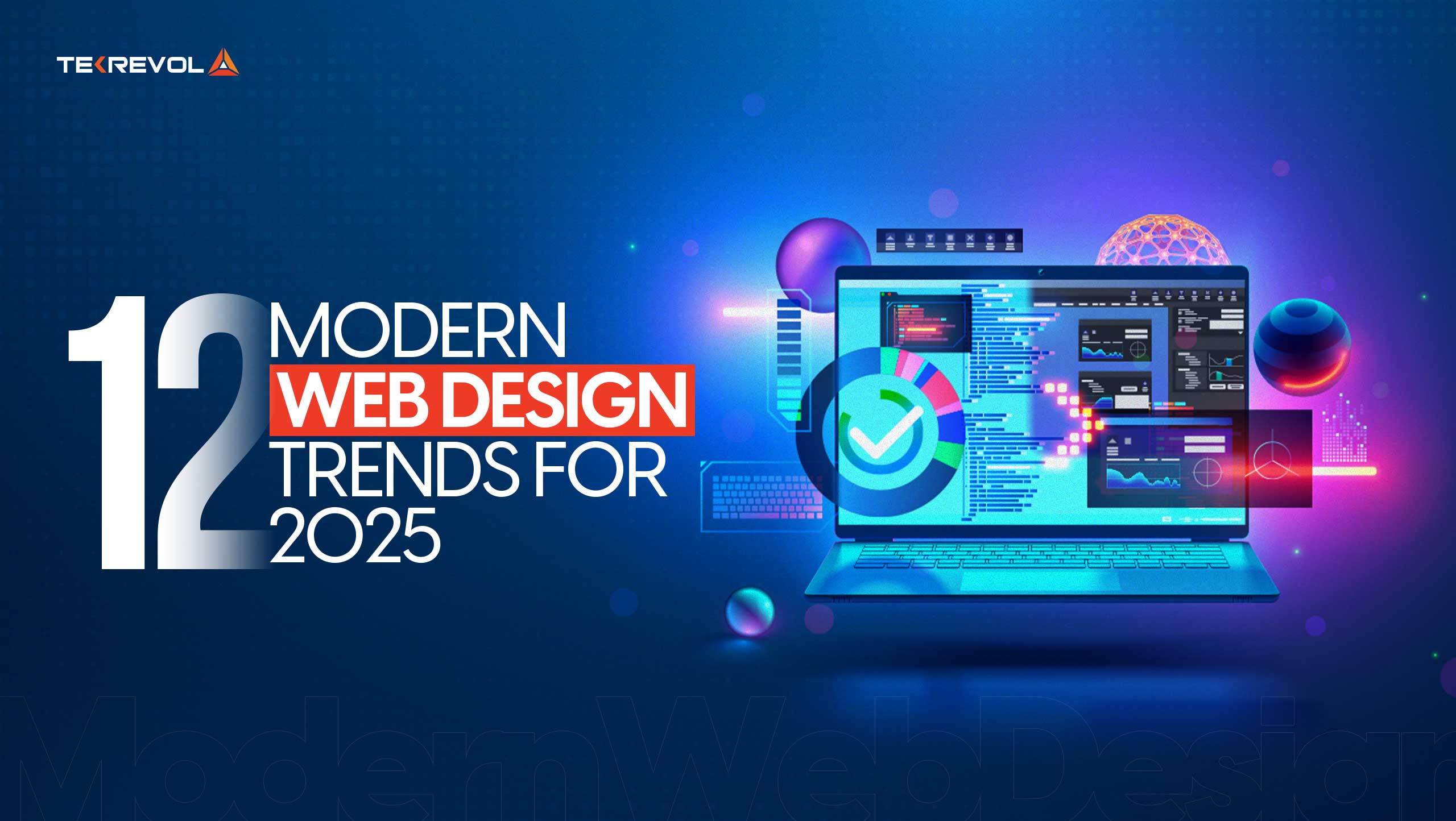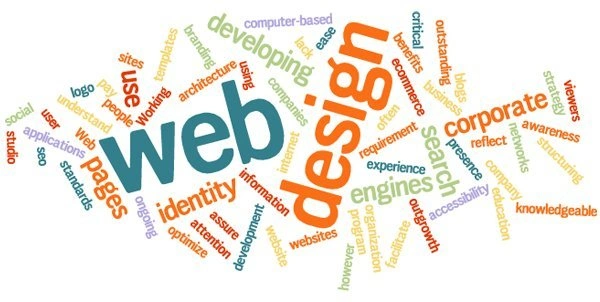Professional Aligned Position Web Design: Custom Websites Tailored to Your Business Needs
Professional Aligned Position Web Design: Custom Websites Tailored to Your Business Needs
Blog Article
The Very Best Types of Web Layout to Enhance Individual Experience and Engagement
In the ever-evolving landscape of digital interaction, the effectiveness of Web design considerably affects customer experience and involvement. Various design techniques, such as minimalist, responsive, and interactive designs, each deal distinct advantages that can provide to varied individual demands. Understanding which sorts of website design best serve these purposes can be pivotal for businesses aiming to improve customer satisfaction and retention. Nevertheless, the concern continues to be: which style aspects truly resonate with individuals and foster purposeful involvement? The exploration of these principles discloses crucial insights that may redefine your strategy to Web style.
Minimalist Website Design
As digital landscapes come to be progressively chaotic, minimal Web style has actually arised as an effective approach to improving user experience. This design viewpoint prioritizes simplicity, concentrating on important aspects while getting rid of unnecessary distractions. By utilizing sufficient white area, uncomplicated navigating, and a restricted shade palette, minimal design promotes quality and guides individual focus to vital material.
The core concept of minimal website design is to produce a smooth communication for customers. By reducing cognitive tons, customers can promptly grasp details without really feeling overwhelmed. This direct strategy not just boosts functionality but also encourages involvement, as site visitors are more probable to discover a site that is easy and visually appealing to navigate.
In addition, minimalist layout typically emphasizes typography and images, using these aspects purposefully to convey messages efficiently. In essence, minimal Web design is not simply a pattern; it is a thoughtful methodology that recognizes the value of user-centered design.
Receptive Web Layout
In today's diverse digital setting, receptive website design has actually ended up being important for producing a seamless user experience throughout a wide variety of gadgets. As customers gain access to websites on mobile phones, tablets, desktops, and laptops, the capacity of a site to adapt its layout and material to various display sizes and resolutions is critical.
Receptive website design employs adaptable grids, pictures, and CSS media questions to make sure that Web content is provided ideally, despite the tool utilized. This approach not just improves the visual appeal of a web site however also dramatically improves usability. Individuals are most likely to engage with a website that supplies a consistent experience, as it eliminates the frustration of having to zoom in or scroll excessively.
Furthermore, search engines, including Google, prioritize mobile-friendly web sites in search positions. By taking on responsive design, businesses can enhance their presence and reach a broader target market. This strategy likewise simplifies website maintenance, as a single version of the site can deal with all gadgets, decreasing the demand for numerous versions. In recap, receptive website design is a basic practice that enhances individual experience, interaction, and total fulfillment.
Interactive Web Layout
Receptive website design prepares for improving customer experience, but interactive Web design takes this a step better by engaging users in an extra vibrant method - Aligned Position Web Design. By integrating aspects such as animations, clickable models, and real-time responses, interactive website design mesmerizes individuals, attracting them right into a richer surfing experience
This method not just cultivates involvement but additionally encourages users to explore content actively as opposed to passively eating it. Methods such as gamification, where individuals gain incentives for completing jobs, can dramatically improve the time spent on a site and enhance overall contentment. In addition, interactive features can streamline intricate info, making it more pleasurable and absorbable.

Integrating interactive layout aspects can also bring about higher conversion prices, as individuals are much more likely to involve with a website that proactively entails them. Aligned Position Web Design. Eventually, interactive Web design changes individual experiences into remarkable journeys, making certain that visitors return time and once again
Apartment Layout
Defined by its minimalistic technique, flat layout highlights simpleness and functionality, removing unneeded components and concentrating on essential attributes. This design approach prioritizes functionality, ensuring that individuals can navigate user interfaces effortlessly and efficiency. By using a clean aesthetic, level design removes the mess typically discovered in extra elaborate designs, consequently improving individual concentrate on web content and functionality.
The characteristic of level design lies in its Aligned Position Web Design use strong colors, simple typography, and geometric forms. These elements contribute to an aesthetically enticing interface that is both modern and friendly. Additionally, level design cultivates a sense of clarity, enabling customers to recognize important actions and info without disturbance.
Moreover, level design is specifically reliable in responsive Web style, as its simpleness equates well across numerous gadgets and screen sizes. The lack of elaborate structures and slopes reduces packing times, which is critical for maintaining user involvement. As digital landscapes proceed to develop, flat design remains an appropriate option for creating straightforward websites that improve overall experience. By focusing on important functions, flat design not just meets individual demands but additionally encourages smooth interaction, making it an essential component of reliable Web design approaches.
Flexible Web Design
Adaptive Web style personalizes the customer experience by developing numerous taken care of layouts customized to various display dimensions and tools. Unlike receptive style, which fluidly readjusts a solitary format, flexible layout uses distinctive designs for specific breakpoints, guaranteeing ideal presentation on different platforms. This method permits designers to concentrate on the one-of-a-kind characteristics of each device, enhancing usability by providing specifically what individuals require based on their context.
One of the primary benefits of flexible website design is its capability to enhance load times and performance. By offering customized material and pictures that fit the user's device, websites can decrease information usage and improve loading speeds. This is especially valuable for customers with slower connections or limited information strategies.

Furthermore, flexible design promotes an extra regulated and regular branding experience. Because designers create several designs, they can guarantee that the visual components straighten with the brand's identity throughout various platforms - Aligned Position Web Design. This leads to a natural customer experience, enhancing interaction and advertising customer retention
Conclusion
Minimal style promotes clarity and focus, while receptive layout ensures adaptability throughout different gadgets, promoting accessibility. Jointly, these style comes close to add to the development of user-friendly settings that not image source just enhance complete satisfaction but additionally drive greater conversion rates, underscoring their vital significance in contemporary Web design strategies.

Minimalist layout fosters clearness and emphasis, while receptive style makes sure adaptability across numerous tools, promoting access. Jointly, these design approaches contribute to the creation of straightforward environments that not only enhance satisfaction but additionally drive greater conversion rates, highlighting their essential value in modern Web style methods.
Report this page